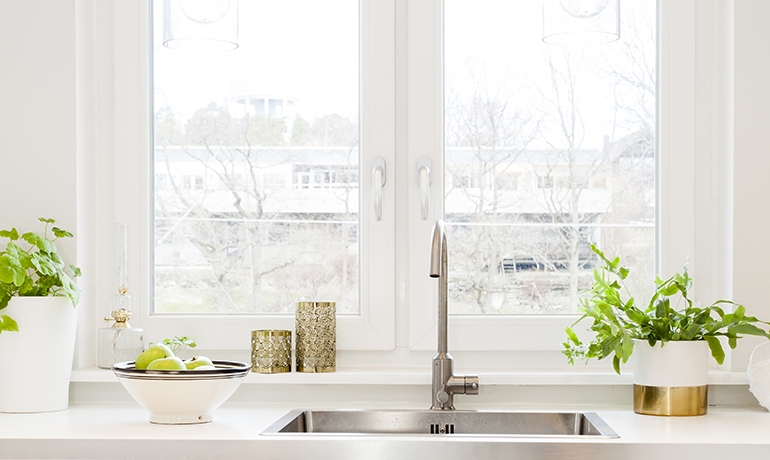
How healthy is your home? Why indoor air quality is important
Find out why our home’s indoor air quality is important and how you can improve the air quality in every room of your home!
As we head into the colder weather months, it’s important to take a look at indoor air quality. Since we spend around 90% of our time indoors, it’s important that we ensure the spaces where we spend the most of our time are healthy.
Why is indoor air quality important?
Indoor air quality is important because it can directly impact our health. Studies have shown than indoor air can be up to five times more polluted than outdoor air, which means we’re breathing in pollutants while we’re sleeping, eating and relaxing at home – the place where we should feel safest.
How can indoor air quality affect your health?
According to the EPA, poor indoor air quality can cause immediate short-term health effects such as irritation to your eyes, nose and throat. This can have a significant impact on people with pre-existing conditions such as asthma and allergies. Poor quality air in your home could also lead to headaches and tiredness.
In the long-term, poor indoor air quality has been linked to respiratory diseases, heart disease and cancer. (1)
What actually impacts the quality of your home’s air?
The air inside your home can be compromised by a range of contaminants including chemical pollutants, mould, dust, volatile organic compounds (VOCs), pet dander and odours.
Inadequate ventilation can compound this issue, increasing the indoor pollutant levels by not removing enough pollutants, or bringing in enough fresh outdoor air to dilute them.
Tell-tale signs you may have poor indoor air quality
Looking at our own lifestyles is a good way to decide whether your home may have poor indoor air quality. Does your home have mould? Does condensation build on the windows or walls? Does the air become smelly or stuffy? These are all signs that you may need to take steps to improve your indoor air, for better health.
How can you improve your home’s indoor air quality?
Fortunately, there are plenty of things we can do to make our homes healthier and help improve the quality of the air in our home. Choosing the right helpful houseplants, detoxing your home, and actively avoiding harsh chemicals is a great way to start.
Why not start today?
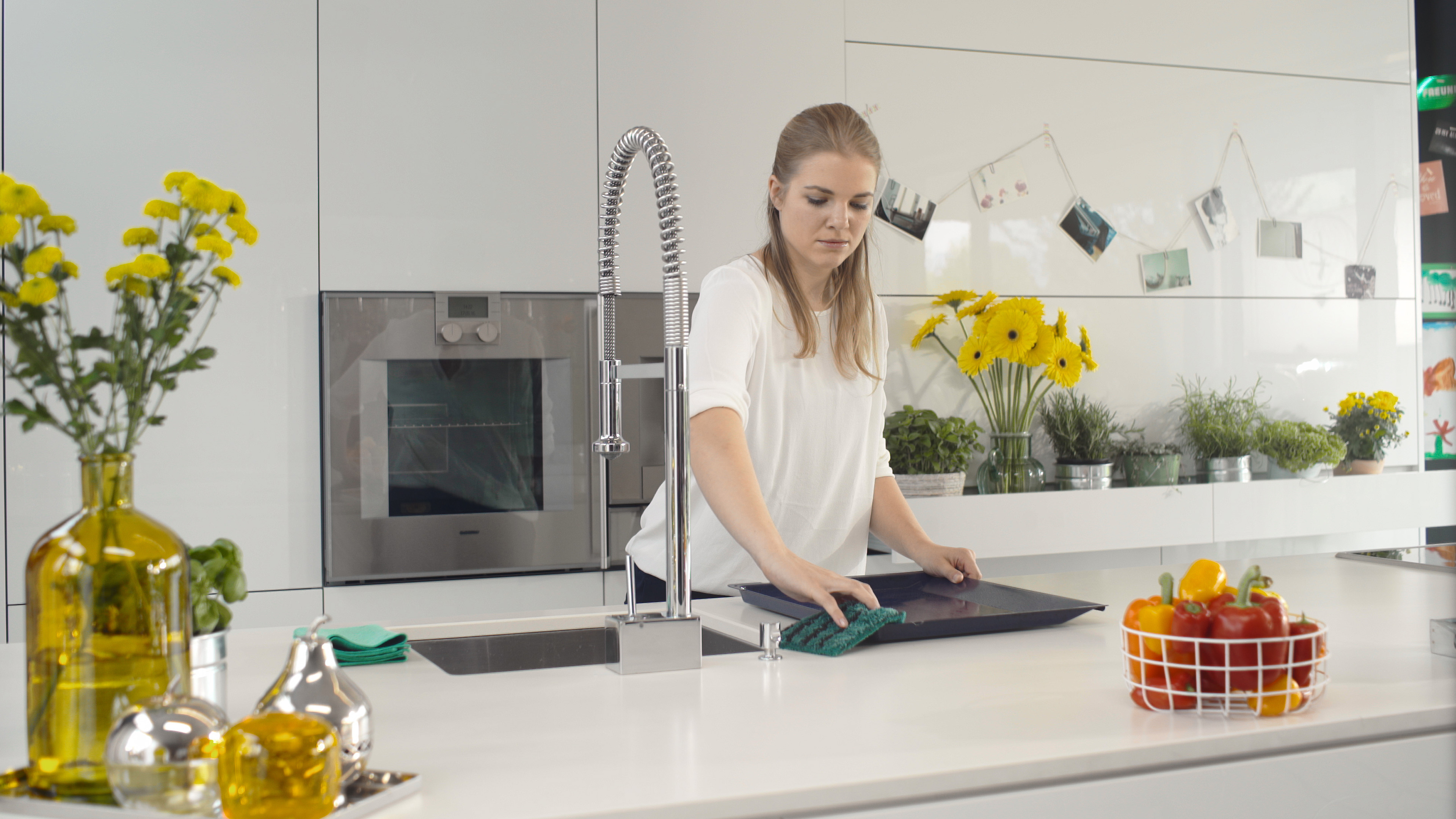
Improve indoor air quality in the kitchen
The way we choose to cook and clean-up in the kitchen can impact the air quality in the hub of the home.
Increase ventilation
Cooking generates heat, fumes and odours that affect the air quality in the kitchen. Turn on your extractor fans when cooking, and throw open the windows during or after cooking, even if only for a few minutes. When was the last time you cleaned the filters in your ventilation system? Make sure you clean and replace old filters regularly.
Avoid toxic cleaning products
Traditional chemical cleaning products pollute the air and can act as an irritant to people who suffer from respiratory illness or disease. Fortunately, with ENJO you can clean your entire kitchen without the use of cleaning chemicals. This includes replacing the most toxic of kitchen cleaners – the oven cleaner – with just ENJO Fibres and water.
Cook outdoors
If the weather is good, avoid cooking indoors! Here in Canada, BBQing is a simple (and delicious) “sport” year-round, and skipping the stovetop can improve indoor air quality in the kitchen.
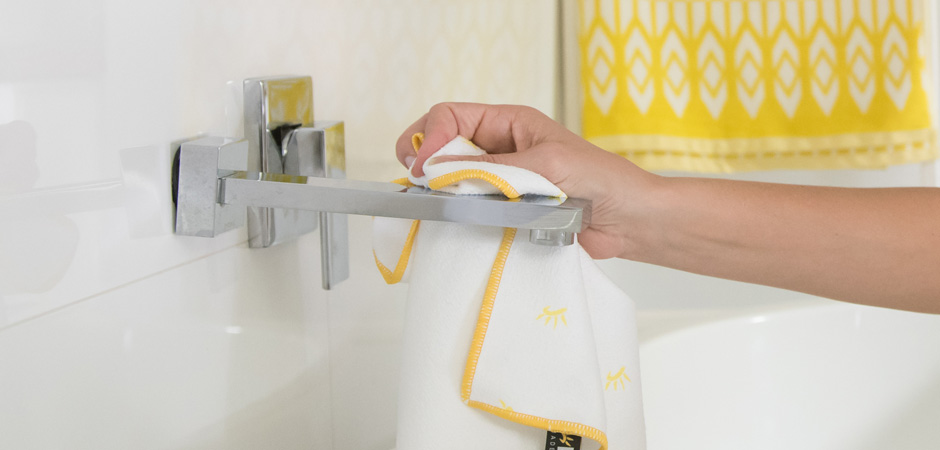
Improving indoor air quality in the bathroom
Bathrooms tend to be one of the smaller rooms in the home, which means that pollutants are more concentrated in the space.
Reduce moisture levels
High humidity levels in the bathroom create the perfect environment for two big contributors to poor air quality: dust mites and mould. Make sure you have an exhaust fan fitted in your bathroom, and when possible crack open the windows, especially during or after a shower.
Prevent mould
Mould is an indicator of an ongoing issue with poor air quality as it takes longer periods of humidity to grow. Mould produces microscopic, airborne spores that we breathe in, which can negatively impact our health. There are many ways to help prevent mould including extra attention to ventilation, and washing towels frequently. Drying surfaces behind when cleaning also helps to prevent mould growth.
If mould is already present in light amounts, the mechanical cleaning action of ENJO’s Fibres will help to reduce it and maintain the surfaces; however, if mould is extensive, it is recommended that you have a professional come in to remove the mould completely, then maintain your mould-free surfaces with ENJO’s Bathroom Fibres.

Avoid harsh cleaning products
Some of the more potent chemical cleaners available on the market are reserved for use in the bathroom. Using toxic chemicals in such a small space can significantly pollute the air quality and pose other potential health and environmental risks to you and your family. Another challenge is that harsh chemicals and abrasives can damage surfaces, leaving pits and scratches for dirt to collect and for mould to grow.
Replace harsh chemicals with the ENJO Bathroom Fibres, to keep your bathroom clean with just cold water.
Avoid air fresheners
Artificial fragrances in the bathroom have become more common, but masking odours could mean you are masking issues with indoor air quality. In addition, artificial fragrances (candles, solid/plug-in fresheners and aerosol sprays) introduce VOCs and other chemicals into the air, which is then inhaled.
Even in the colder months, you will find that regular cleaning with ENJO and cold water, as well as using a fan and opening the window from time to time, will keep the air quality better and reduce odours naturally.

Improving indoor air quality in the laundry room
Scented products like laundry detergent and fabric softeners emit a full bouquet of VOCs, causing a significant reduction in air quality in the laundry room and surrounding areas of the house.
Choose natural detergents and avoid dryer sheets
Laundry detergents can contain high concentrations of irritating fragrances – which are harmful to breathe in, and to place against your skin. Opt for a natural detergent with no artificial fragrances, and store your detergents safely in an airtight container.
When machine-drying clothes, avoid dryer sheets (one of the most harmful air pollutants in the home (2)) and opt for wool dryer balls to prevent static and help condition clothes.
ENJO’s Lavender Laundry Liquid contains natural essential oils to ensure clothing is lightly conditioned, eliminating the need for fabric conditioners or softeners.
Air dry your laundry load
Clothes dryers create poor indoor air quality by generating a humid environment in a small space. Opt to air dry your clothing, or ensure there is adequate ventilation when using your dryer.
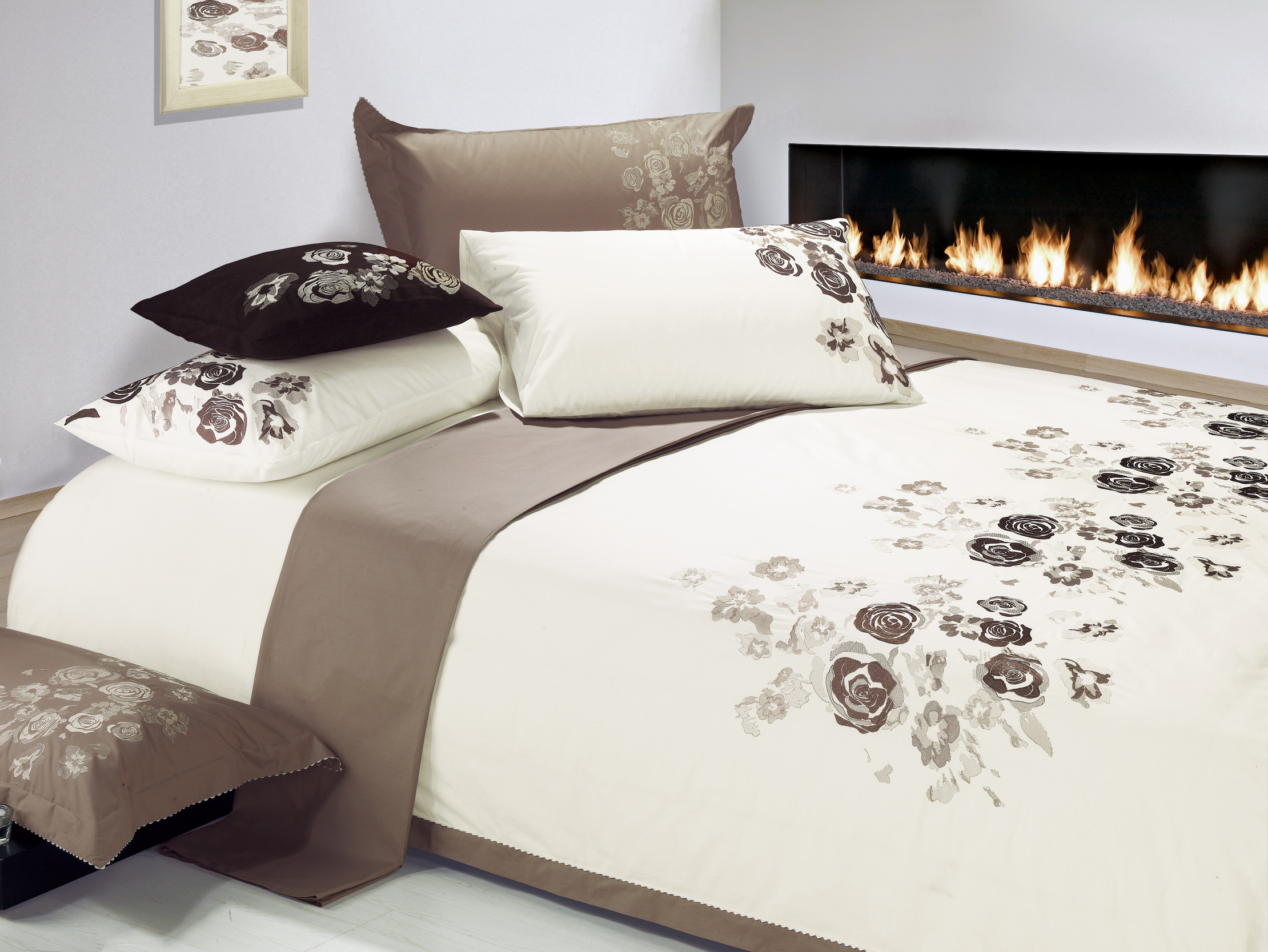
Improving indoor air quality in the bedroom
Going to sleep at night means our bedroom is one of the spaces in the home we use most regularly and for continued periods of time, making air quality important.
Wash your sheets regularly
How does washing your sheets help improve your bedroom’s indoor air quality? The answer is, dust mites. Dust mites are a common asthma trigger and are commonly found in bed linens and mattresses. Stay on top of dust mites by washing your bed linens regularly on a hot wash.
Choose natural materials
You want the place you rest your head at night to have the best indoor air quality. Choose furniture and furnishings that are made from natural, raw materials (that don’t emit VOCs) to improve your bedroom’s overall air quality.
Invest in a humidifier
Rooms without running water have a tendency to be more dry and arid. A humidifier could help create the optimal humidity and improve air quality in the bedroom. Creating the balance is important as heating and cooling systems in the home can impact this balance.
Open the window and close the door
At least once a week, open up the window in your bedroom and close the door. This will allow fresh air to circulate the room and dilute indoor pollutants for improved air quality.
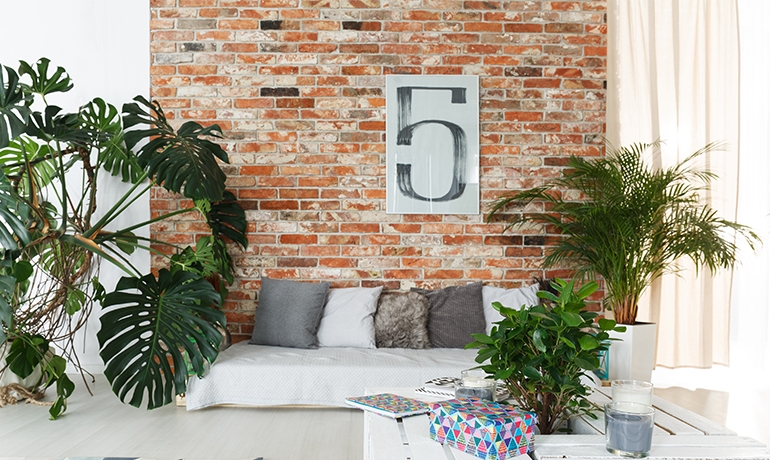
Improving indoor air quality in living areas
Dust regularly
Even though there are ways you can minimize dust in your home, household dust can’t be avoided and is a big pollutant to indoor air quality. ENJO’s range of Living Fibres aren’t like any other dust-cleaning solution on the market and have been proven to remove dust more effectively.
Reduce pet dander
Pets add so much to our homes – including dander and hair that can contribute to poor indoor quality. Keep on top of a pet-friendly cleaning routine, grooming your pets regularly (outdoors or in the laundry room) and make sure they stay off soft furnishing. Use the ENJO Lint glove regularly on any pet-friendly furnishings, wash pet beds regularly, and clean hair and dander from the floor with the ENJO Dust Fibre frequently.
Add plants
Plants and trees have been shown to make us calmer, happier and more creative, they have also been shown to help filter and clean air (3). In addition to absorbing carbon dioxide and releasing oxygen, plants also absorb molecules in the air that have a negative impact on indoor air quality. Simply choose from a range of helpful houseplants and enjoy cleaner air.
Let the outdoors in
These days, homes are built to be airtight and energy efficient, which are positive – however, fresh air is a necessary element to a healthy home and a healthy life.
As with all rooms of the house, a good shot of outdoor air regularly is a positive in your living areas, helping to clear out pollutants and bring in a good dose of needed oxygen and clean fresh air. You will find it not only keeps your home’s indoor air cleaner, but fresh air brings a little invigoration with it (even cold air!).
Committed to cleaner air indoors and outdoors
Did you know that as part of ENJO’s Carbon Neutral Certification, we are dedicated to offset carbon emissions with tree planting?
Not only is ENJO invested in chemical free cleaning products to promote healthier indoor air, but our reforestation efforts around the world invest in cleaner air outdoors as well.
Want more information? Contact us: info@enjo.ca
(1) https://www.epa.gov/indoor-air-quality-iaq/introduction-indoor-air-quality
(2) https://www.ewg.org/enviroblog/2016/05/skip-fabric-softeners
